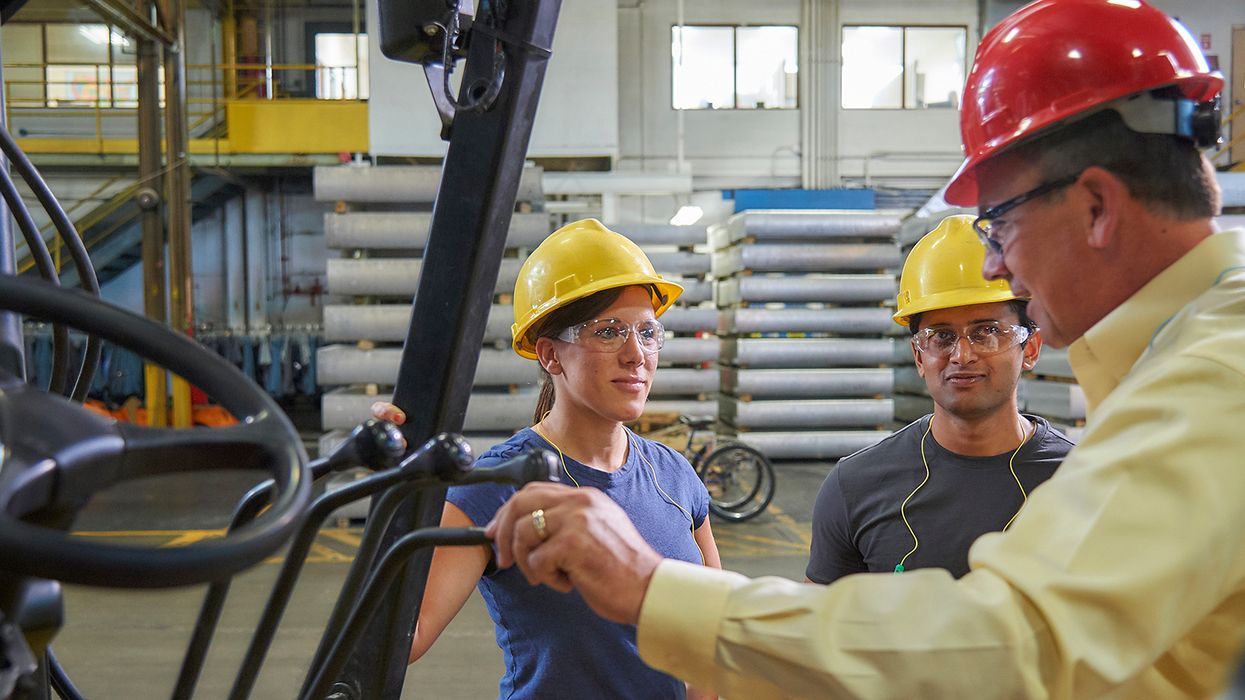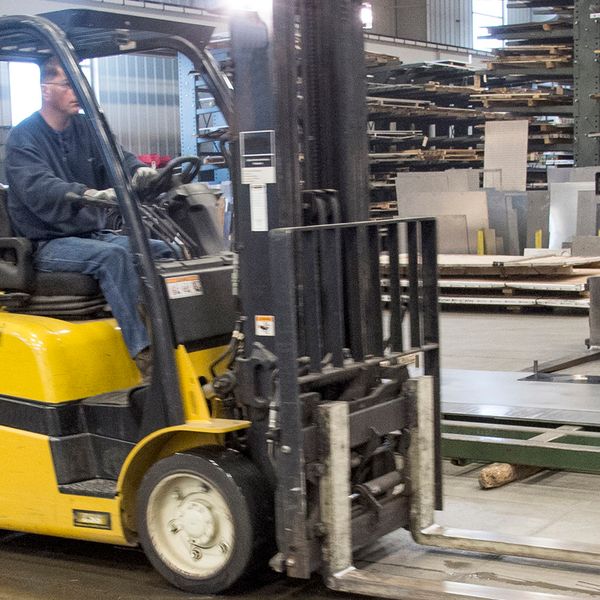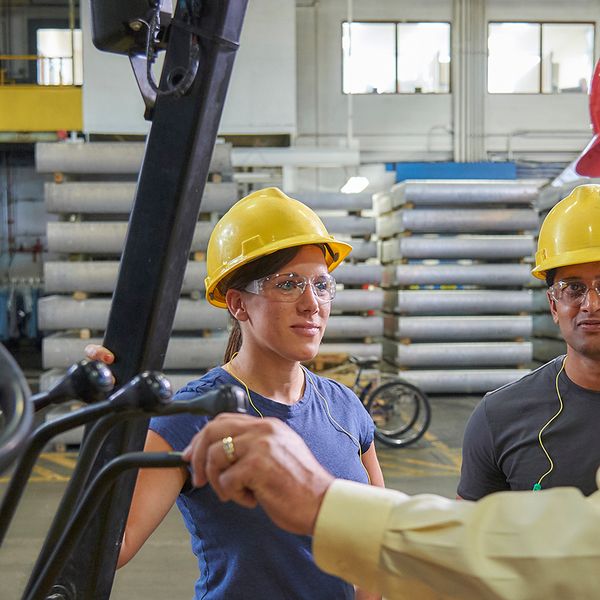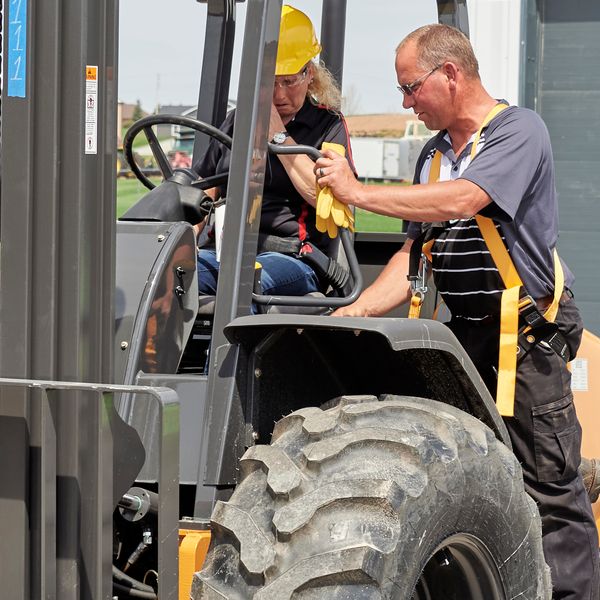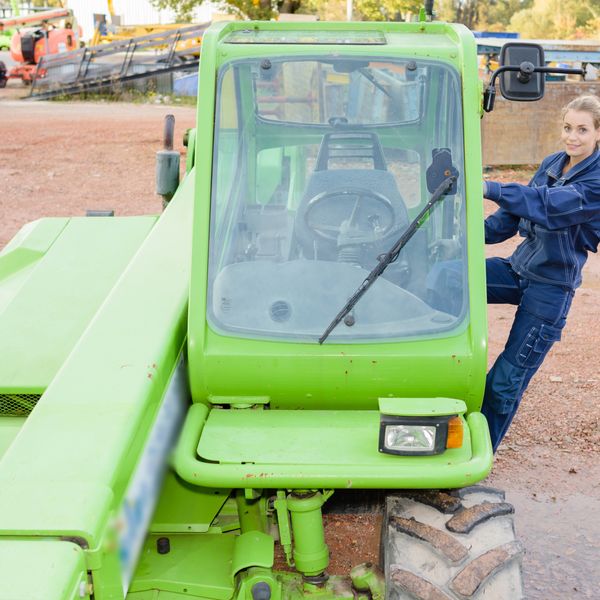Debunking the mysteries of forklift training (Part 2)
OSHA’s powered industrial truck (forklift) training requirements at 1910.178(l) can be mysterious, but we’re going to continue to solve several of these mysteries in part two of this series. See part one for the initial mysteries we solved.
Mystery #4 — What do we need to train on?
All operators must receive a combination of training. Training must consist of formal training, which is a lecture, discussion, interactive computer learning, video tape, written material, and so on.
They must also receive practical training, which means demonstrations performed by the trainer and practical exercises performed by the trainee.
And the third component is that operators must receive an actual performance evaluation. That means they must operate the equipment and be observed and evaluated before being considered trained per the OSHA standard.
Aside from requirements for how to do the training, OSHA gives us a detailed list of topics to cover during the training. The main categories are truck-related and workplace-related topics.
Truck-related topics include the following:
- Operation instruction, warnings
- Differences between truck and automobile
- Controls, instrumentation
- Engine, motor operation
- Steering
- Visibility, restrictions
- Forks, attachment operation
- Capacity
- Stability
- Inspection, maintenance
- Refueling, recharging
- Operating limitations
- Operator’s manual instructions, precautions
Workplace-specific topics is information unique to your facility, so it won’t be in videos and other training products. Training videos and other materials are valuable additions to your training program, and employees will learn a lot from them. But, as you use training materials, add the workplace-specific information your operators must have to navigate safely in your workplace. These include things like the following:
- Surfaces
- Load composition
- Load handling
- Pedestrians
- Narrow, restricted areas
- Hazardous (classified) locations
- Ramps
- Poor ventilation
| Need more information on OSHA’s Forklift Standard? See our ezExplanation on Powered Industrial Trucks. |
Mystery #5 — How do you determine if the training was effective?
The trainees must successfully complete the formal and practical instruction, but how you determine success is up to you. For the classroom portion, you could give a written or oral test or otherwise evaluate the trainees’ knowledge. For the practical training, the trainee must be able to safely perform all the operations used on the job.
OSHA does require a performance evaluation. To do that, you need to observe them performing all their primary tasks. For the initial evaluation, you’ll want to make sure this is done in a safe place and under close supervision. For the three-year evaluation it should be done as the operator is performing their regular duties.
Depending on what types of tasks the operators perform, this could take an hour, it could take a day, or it might be performed over the course of several days at different times.
Mystery #6 —How do you prove you’ve done all the required training?
The proof is the certification required by OSHA at 1910.178(l)(6). This means placing a record on file that includes name of the operator, the date of the training, the date of the evaluation, and the identity of the person(s) performing the training or evaluation.
It doesn’t mean that employers must issue the employee a license or wallet card, though many employers choose to do that. The wallet cards do help your supervisors out; that way they can quickly determine what equipment employees have been trained on. It also reinforces to operators just how critical forklift operation is.
It’s the employer who issues the certification. No matter if you send an operator outside to a third-party training class, the employer must ultimately issue the certification.
Action item
As with all training programs, it’s a good practice to review it periodically. So, look at your current forklift training program and see if there’s room for improvement.
Key to remember
Forklift training isn’t often as clear-cut as we’d like. In part 2 of this series, we solved three forklift training mysteries: what you need to train on, determining if the training was effective, and retaining the certification to prove you’ve done all the required training.

